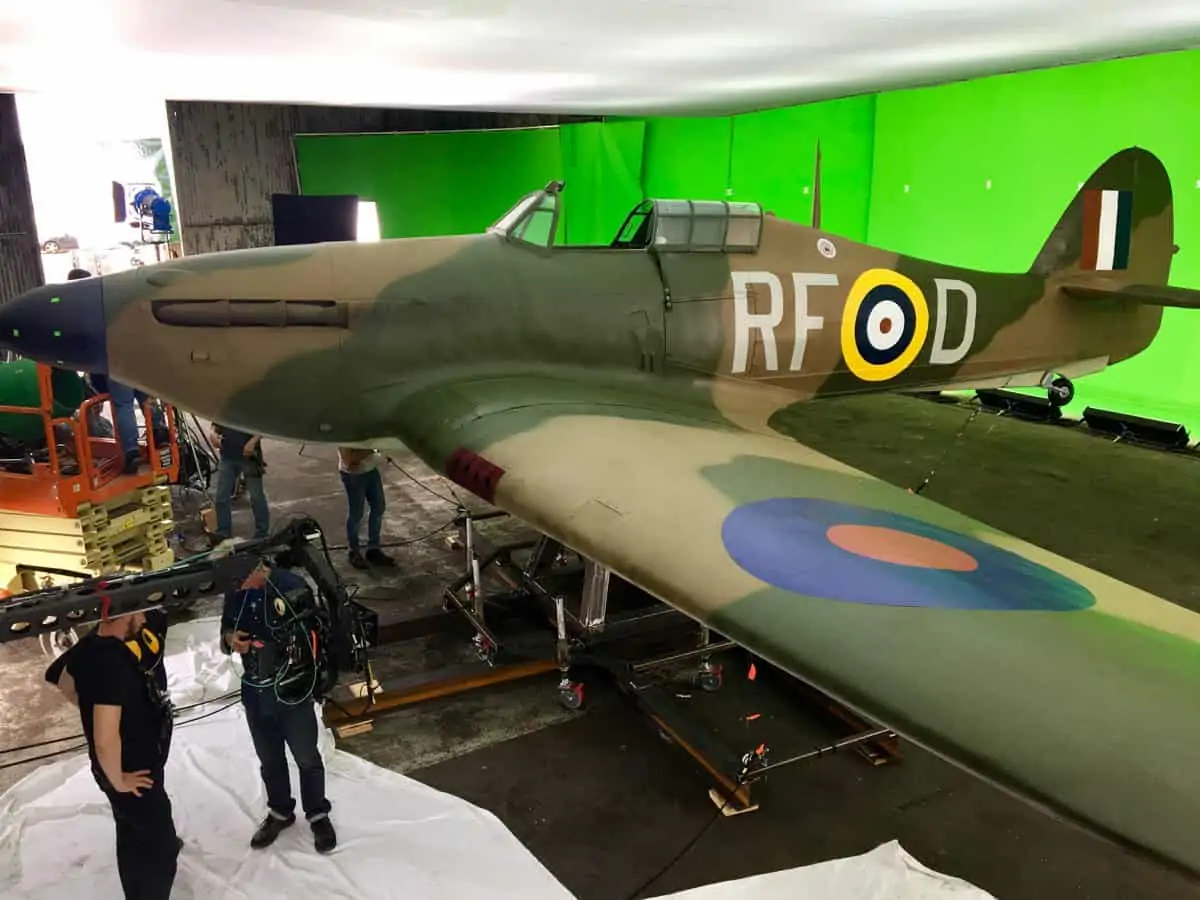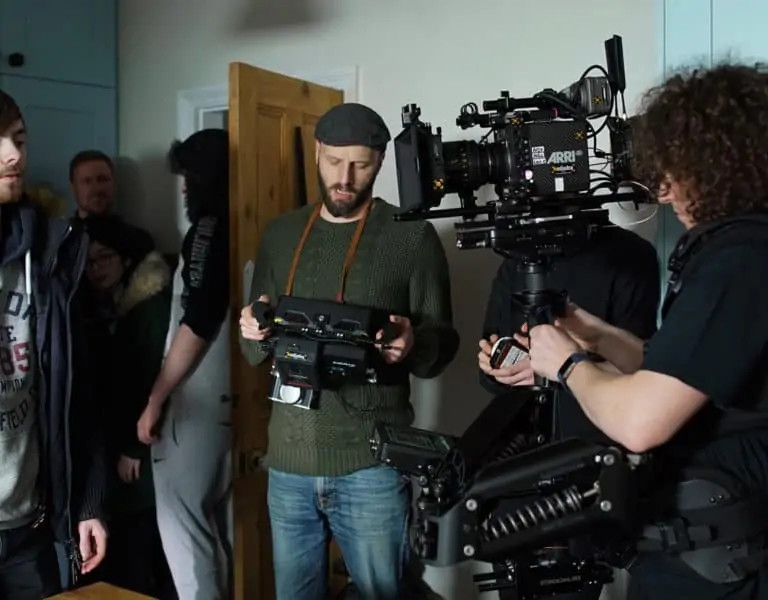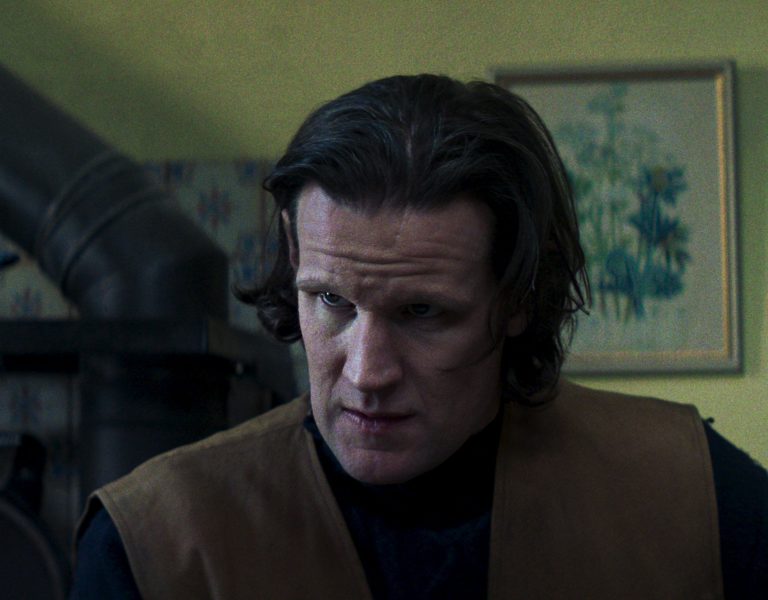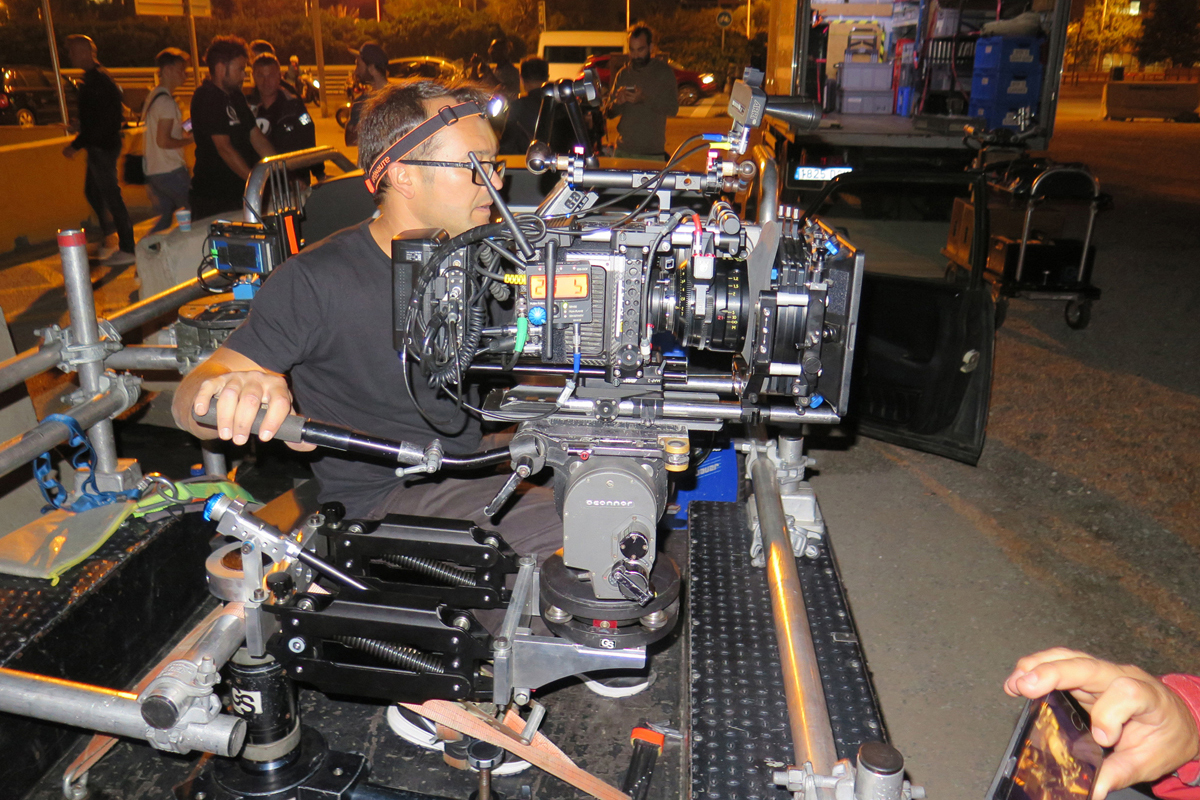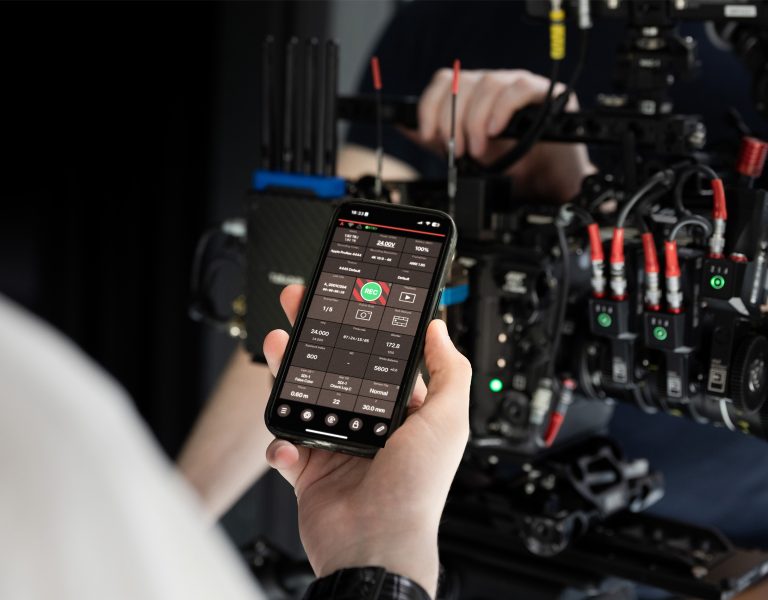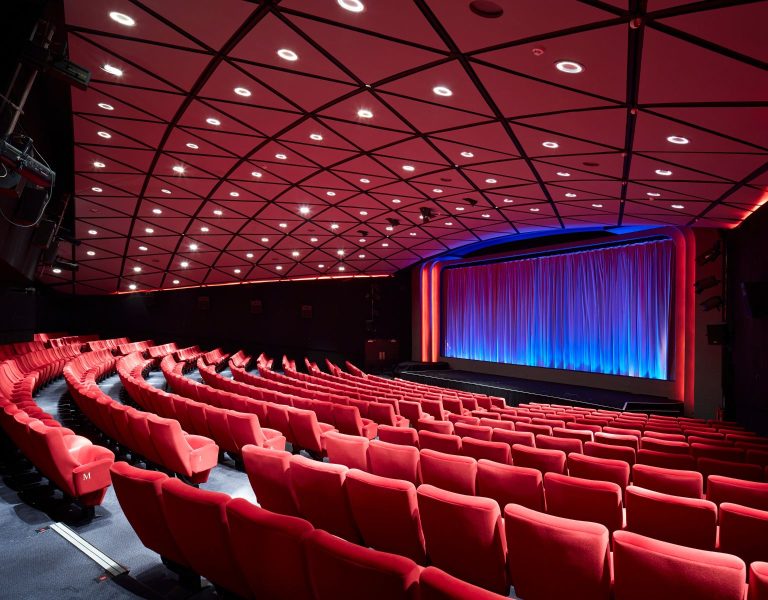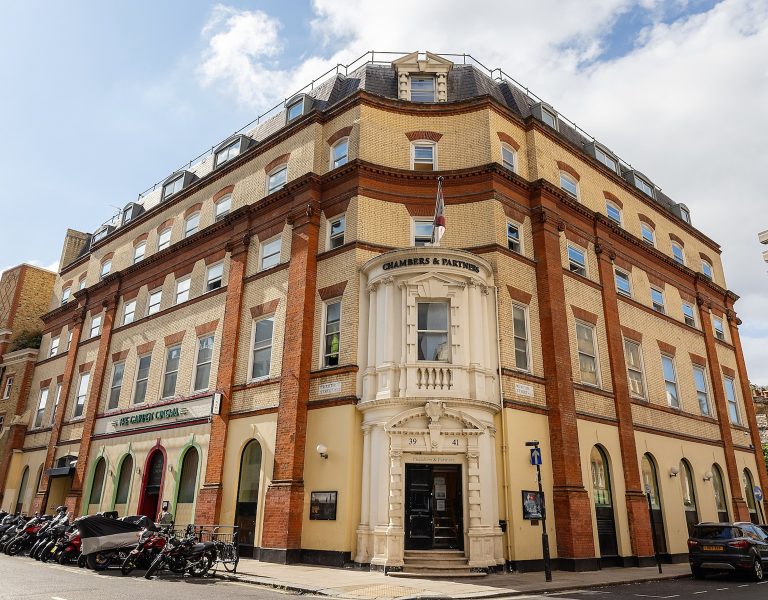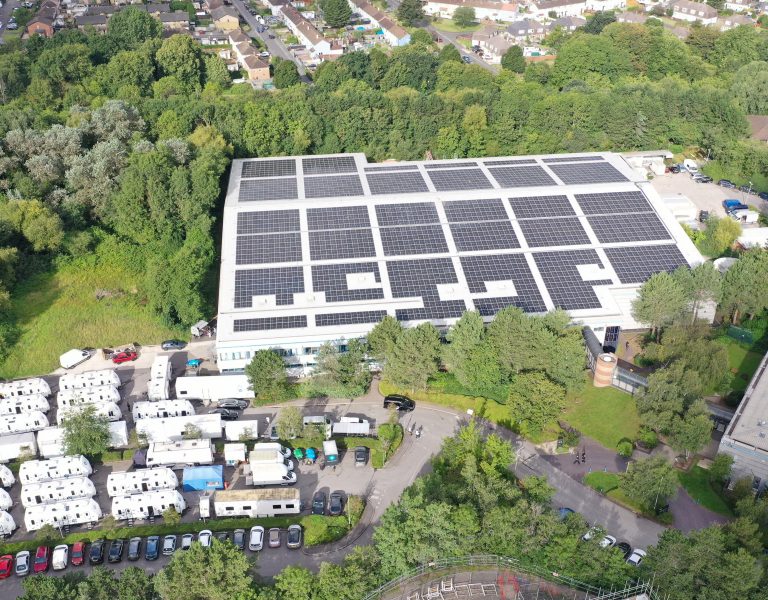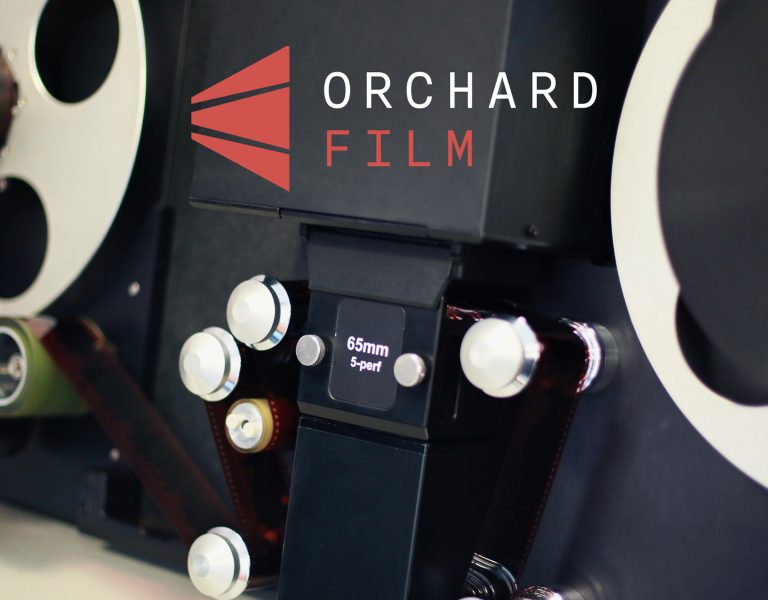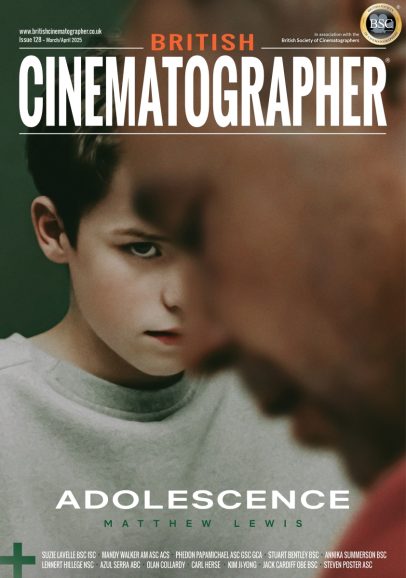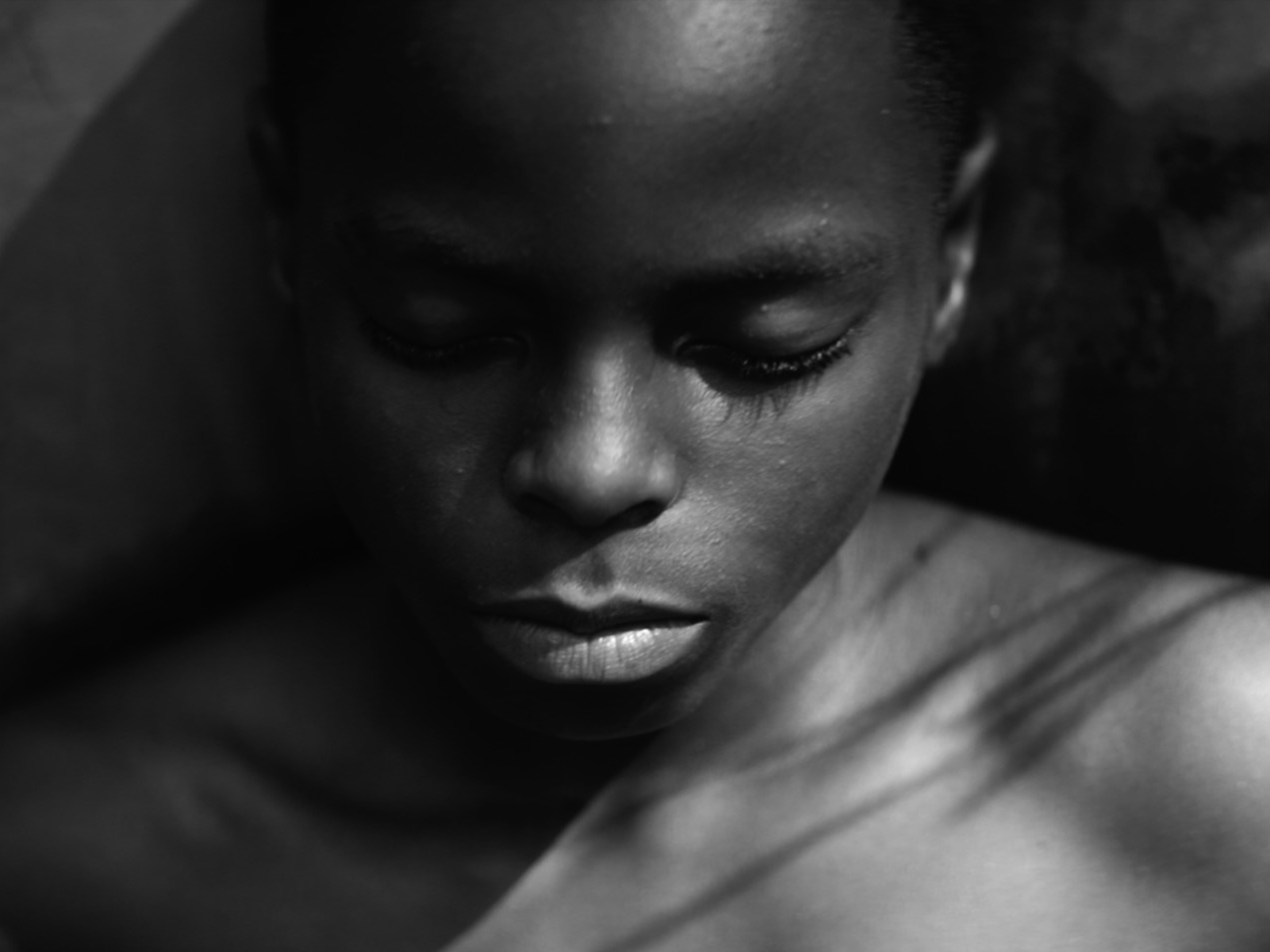
Please share an outline of the production?
Songbirds is a short film inspired by personal experiences working with children and rescued wolves and is loosely based on scenes from the award-winning novel Theft by American writer BK Loren. It was awarded bronze at the 2024 CICLOPE Festival in Berlin, has been awarded best short film at select US film festivals, and is part of the SHOOT 2024 22nd Annual New Directors Showcase.
When developing the visual language for Songbirds, I did a deep dive into researching historical photography from the South and self-immersion in black and white cinema, so once I locked the script, we committed to a ten day shoot to make sure we had the time to explore the visual poetry in camera. In prep, I spent three months in the Mississippi Delta scouting the local terrain and casting +400 children at local schools and churches, and through this process the project developed in a beautiful way.
How different was the production from previous projects?
We were able to dedicate our set ups and schedule to achieving the visual language we wanted, so the process was very fulfilling. We were also filming with two Sony FX3’s which allowed us to work quickly creating both intimate and expansive images, either squeezing into small spaces, finding interesting perspectives and easily moving between locations at any time of day.
What advantages and challenges does being both a DP and director present?
As a writer-director, with a cinematography background, it allows me to write ideas into the script with a uniquely cinematic eye, which also translates into creative decisions during prep and directing on set. I’m told my writing is visual and I’m often composing and expressing ideas using light while trying to find unique ways to narrate the story. It also helps having a shared language with my DP, Jack McDonald, to elevate the scope of our creative process together.
How did you decide upon the visual language?
I wanted to express a difficult subject in a beautiful way and I wanted this film to be a deeply sensory piece, a true visual poem. It was important it felt timeless and composing in black and white removed a sense of time. In between 1950s B&W photography and textural Japanese cinema, I found a timeless, contemporary feeling that brought the inner worlds of our characters to the outside which felt very visceral. I had spent time with Oren Soffer who’d just finished filming The Creator with the FX3s so having those technical conversations helped guide what we could achieve at a smaller scale. Overall, I think we succeeded in creating something visually provocative.
How did you go about devising the shot list?
I captured a lot moving clips while scouting which provided a loose video storyboard. We had strong key frames in each scene, so we developed our framing and movement around these. Most importantly, we had time to explore. For example we noticed a mirror in the kitchen cabinet creating beautiful depth and bounced the light in interesting ways, things like this. Another element, was how we worked with our two leads both 8y/o at the time. We set up the scenes and then allowed them to experience the spaces for the first time while we filmed them, so there was a lot of freedom to capture unscripted, magical moments.
Where was the film shot and why? Did the location present any obstacles?
I explored three different film locations but the vision for this piece came alive in Mississippi while listening to stories in the community about lack of healthcare, the civil rights history and the prison system. The terrain is wild and beautiful but it also presented several logistical issues with our nearest services five hours away in New Orleans. We ended up flying crew members into NOLA who then drove our gear into the Delta. Our amazing producers, Harrison Huffman and Kevin Ivey, went above and beyond to make sure the production ran as smoothly as superhumanly possible while being fairly remote.
What cameras and lenses did you use and why? Who supplied them?
We shot on two FX3s with vintage Kowa anamorphic lenses from 1970s Japan, creating a super widescreen format. Keslow NOLA provided our lenses, Keslow were a huge support in helping the project come together. We had one handheld FX3 and one on a custom Ronan rig, which were great for mobility and provided the freedom to film in an environment with so much unexpected beauty, we could easily capture a passing dust devil or armadillo. I tested the Atlas Mercuries, but we felt the Kowa’s would create strikingly ethereal images for this very sensory piece. The FX3 sensor was also impressive, allowing us to capture interiors lit by flashlights, to midday sun meadows, to moonlit exteriors.
How did you go about devising the lighting schemes and what fixtures did you use and why?
The sensors allowed us to sculpt with natural light beautifully and the Kowa’s captured nice flares and halos. When I watched the rushes, the skin tones were luminous to my eye and very beautiful. The underwater scenes were our most technical set up, partly as we had to black out a large nighttime pool, then re-create a single-source light to imitate the sun and work underwater with children. It took a few technical minds and phone calls to calculate our focus range with our underwater-housing but once we adjusted, we captured some incredible shots.
Did you have to create any custom camera and lighting rigs?
We customised a Ronan 2 rig to place the FX3 at hip-level and to also make it easier for Jack to manoeuvre between different needs and terrain quickly. Oren offered guidance on their set up for The Creator so our 1st AC and team were able to experiment for our specific needs and we ended up with something very similar.
Was there much in way of changes in the DI and which colourist were you working with?
Working in black and white was exciting, I’d spent time getting inspired by black and white imagery and felt I really understood how to compose with luminosity when we came to shoot. We used a standard B&W LUT while filming, I did the grade having a specific vision for it, using high contrast, crushed blacks and heightening the luminous qualities of the skin.
Is there a particular shot or sequence you are most proud of?
There’s a 2 minute clip for the SHOOT Online New Directors Showcase which follows our lead character swimming underwater, who emerges in the pond, walks through the shady meadow, into the branches of ancient trees and ends next to a wild coyote. This is a beautiful, metaphoric journey. Another favourite scene, was filming the children moving through the kitchen at nighttime lit only by flashlights, it was captivating to watch in its simplicity. I’m very proud of the project and the dedicated team who came together to make it all work so beautifully.
